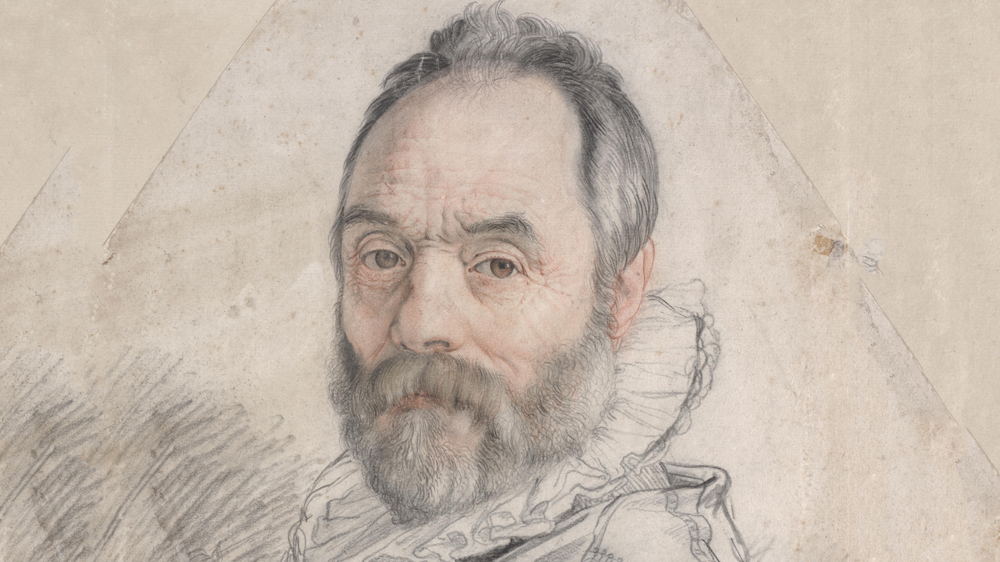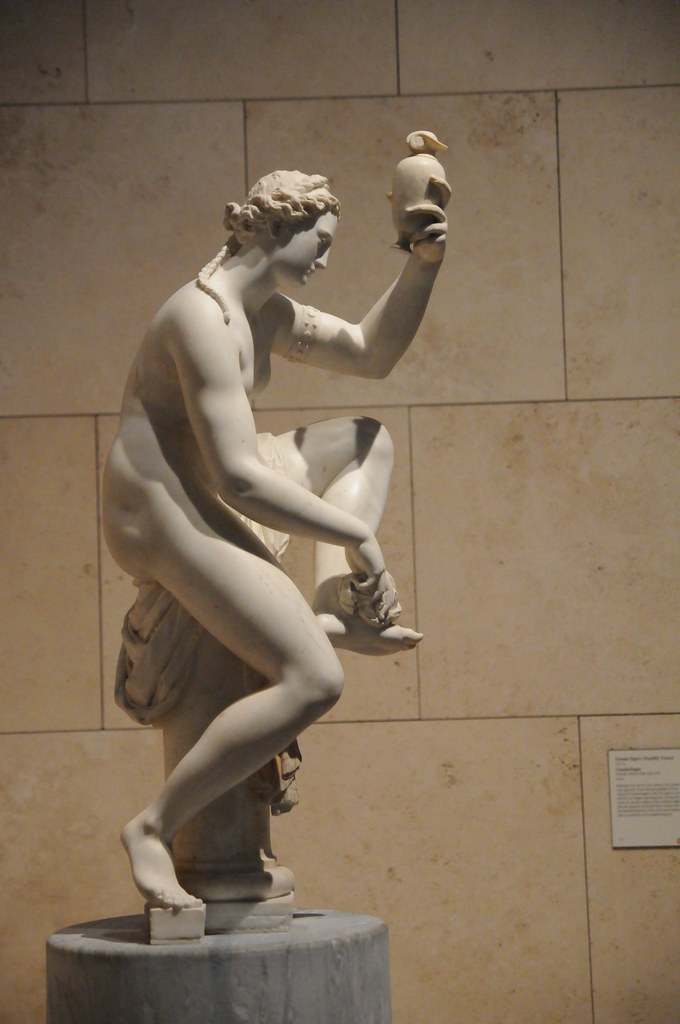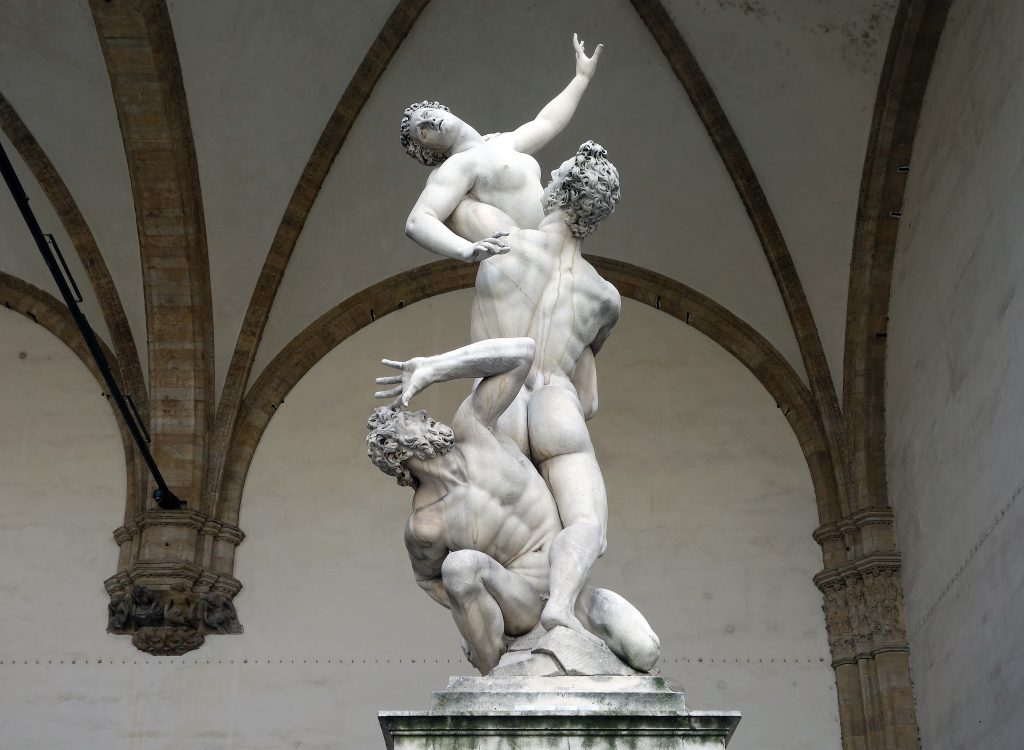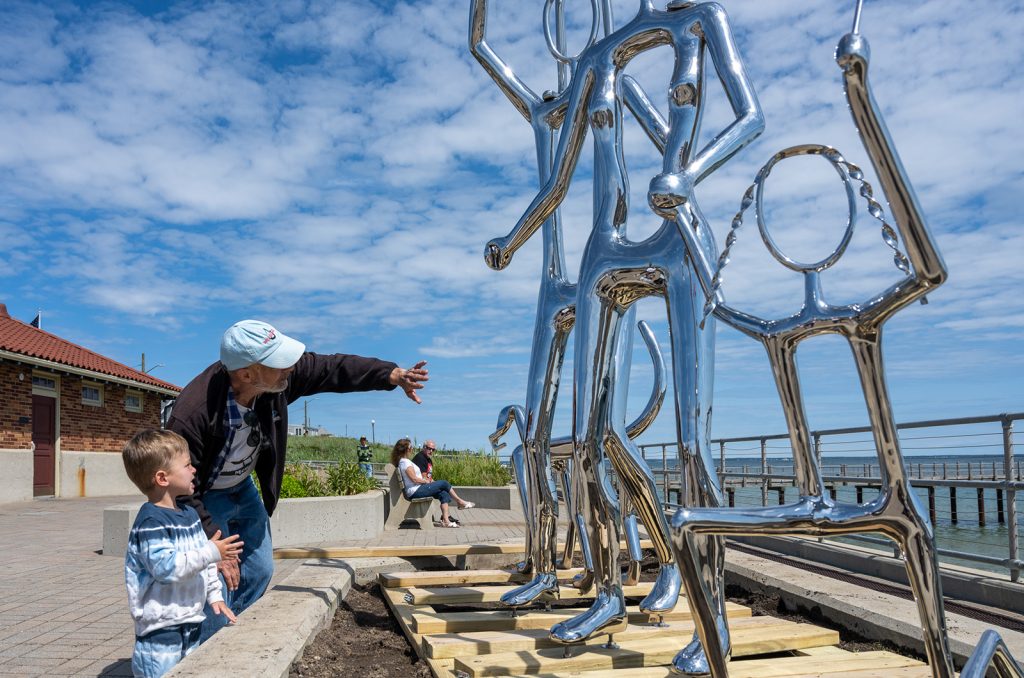A Genius in Marble: Giambologna’s Mesmerizing Sculptures
Giambologna, an eminent Italian sculptor of the late Renaissance, left an indelible mark on the art world with his exquisite marble creations. His distinctive style, characterized by dynamic movement and intricate details, continues to captivate audiences across the globe. From the heart of Florence to the far reaches of the world, Giambologna’s legacy lives on through his masterpieces that have stood the test of time.
From Florence to the World: Unraveling Giambologna’s Legacy
Born as Jean Boulogne in 1529 in Douai, Flanders, Giambologna found his true calling in Florence, Italy, where he spent the majority of his life. Under the guidance of the renowned sculptor Michelangelo, Giambologna honed his skills and developed his unique artistic vision. His sculptures, ranging from mythological deities to heroic figures, graced the city’s majestic squares and palaces, leaving an indelible mark on the cultural heritage of Florence.
Giambologna’s influence soon extended far beyond the borders of Italy, as his sculptures found their way to various parts of the world. Through the patronage of European rulers and collectors, these mesmerizing masterpieces began adorning the gardens, galleries, and public spaces of France, England, and Spain. His exceptional talent in capturing the fluidity of movement, combined with his meticulous attention to detail, ensured that his sculptures continued to enthrall spectators no matter where they were exhibited.
Masterpieces in Motion: Giambologna’s Dynamic Sculptural Art
One of Giambologna’s most renowned creations, “The Rape of the Sabine Women,” perfectly exemplifies his mastery of depicting movement and emotion. This breathtaking sculpture, located in the Loggia dei Lanzi in Florence, portrays the intense moment of conflict between Roman men and Sabine women. The twisting and intertwining bodies convey a sense of tension and dynamism, leaving viewers in awe of Giambologna’s ability to capture such complexity in stone.
Another masterpiece showcasing Giambologna’s skill is “Mercury,” a bronze sculpture located in the Bargello Museum in Florence. This energetic portrayal of the Roman god of speed and communication captures the essence of motion in a way that appears almost alive. The fluidity of the figure, with its gracefully extended limbs and intricate details, showcases the sculptor’s meticulous craftsmanship and unrivaled ability to bring life to his works.
Epilogue
Giambologna’s contributions to the world of sculpture are nothing short of extraordinary. His ability to infuse his works with a sense of movement and his attention to the finest details continue to mesmerize art enthusiasts around the world. Whether in the bustling streets of Florence or the grand museums of Europe, Giambologna’s legacy lives on, reminding us of the timeless beauty that can be achieved when art and imagination intertwine.




